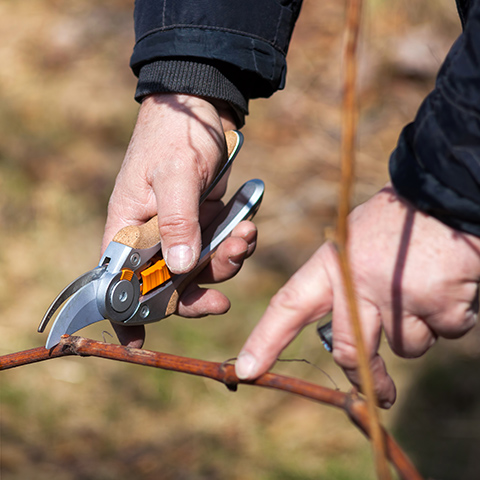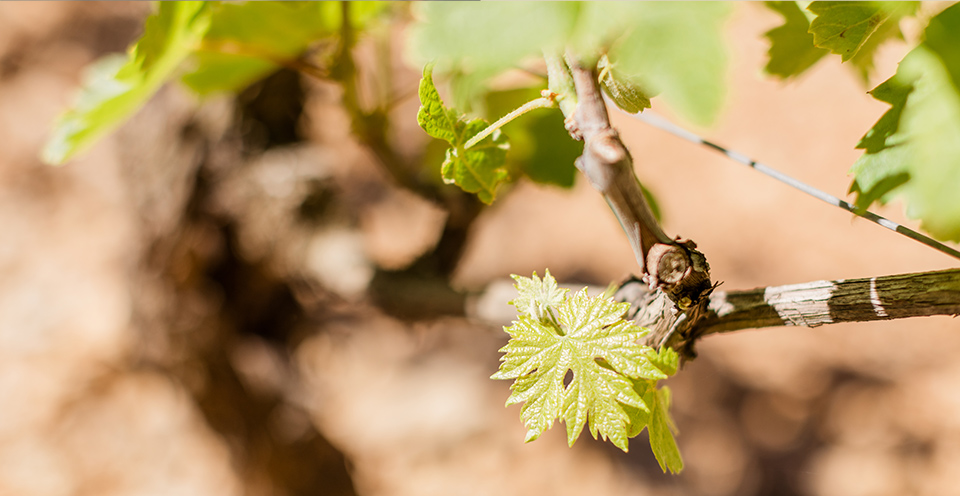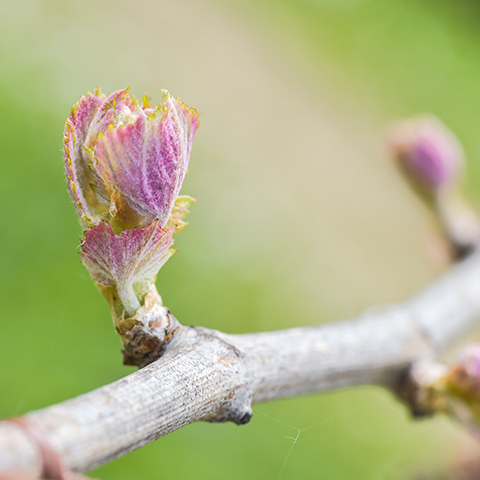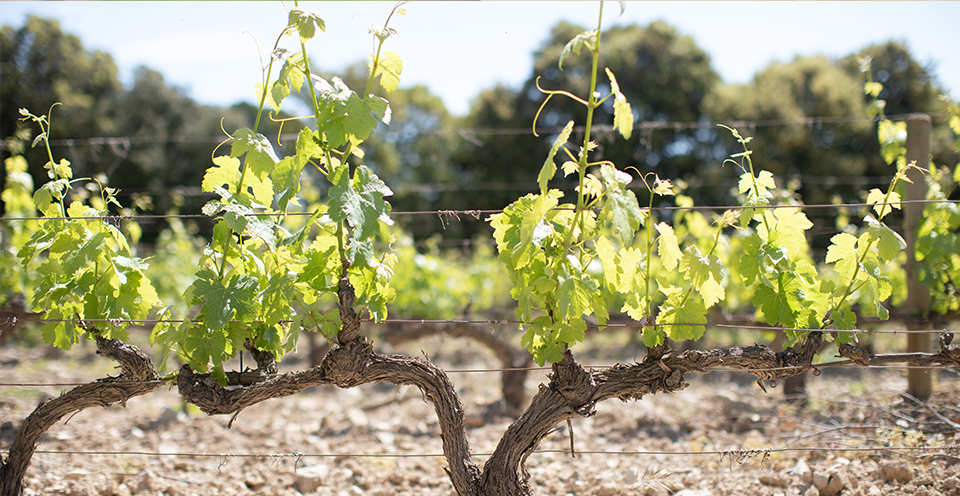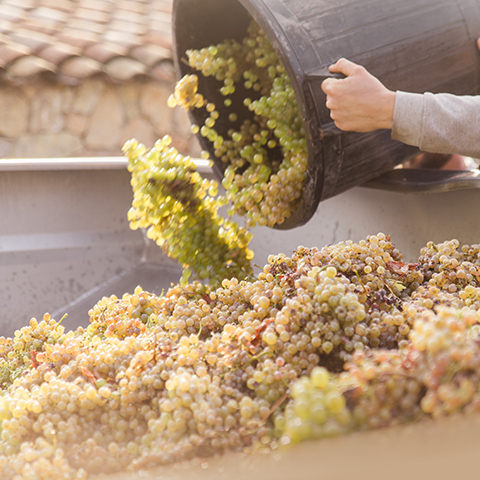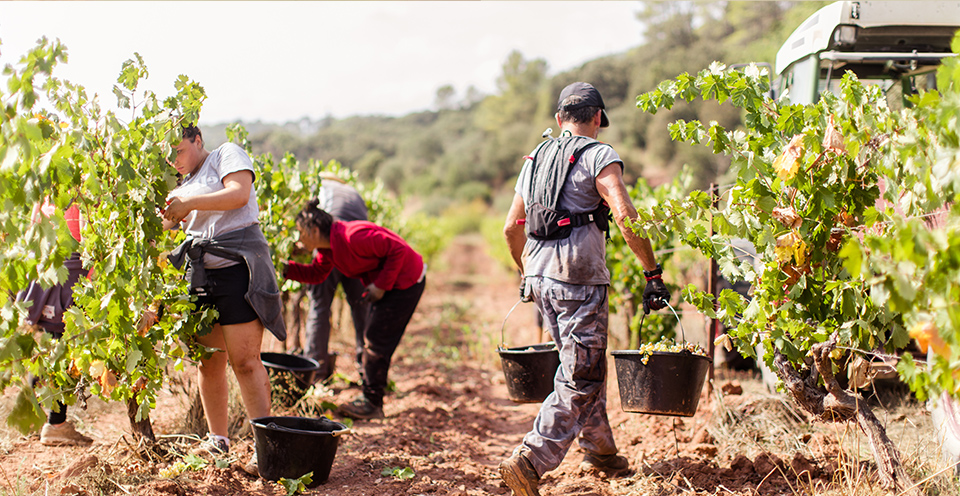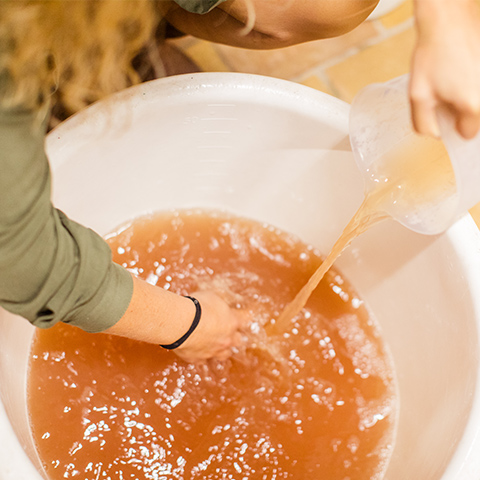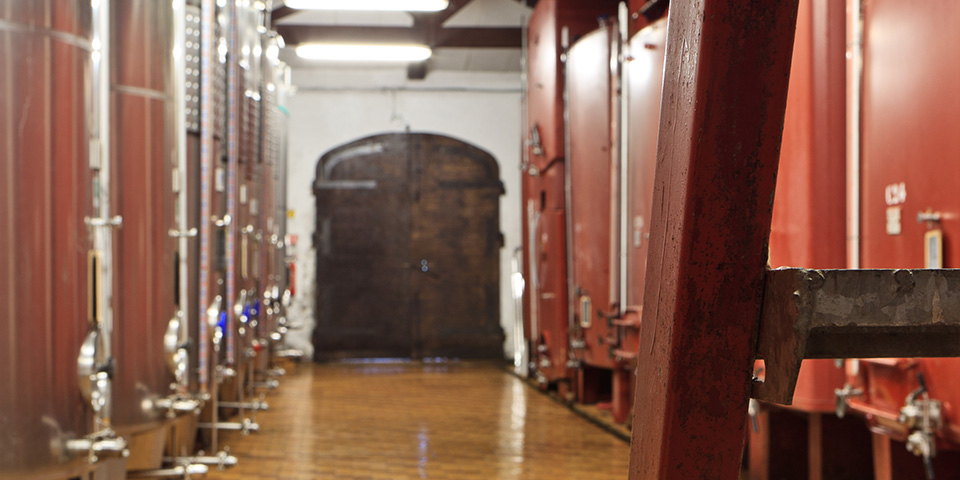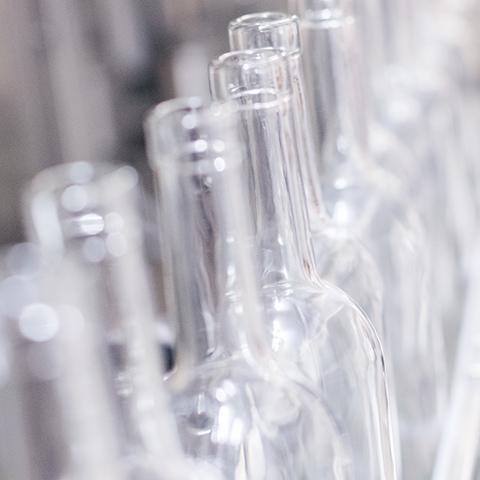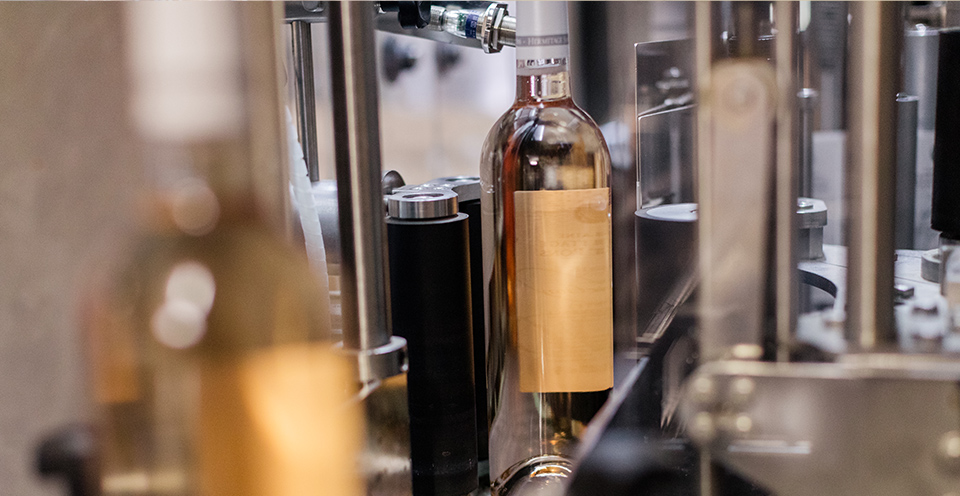gro
wer
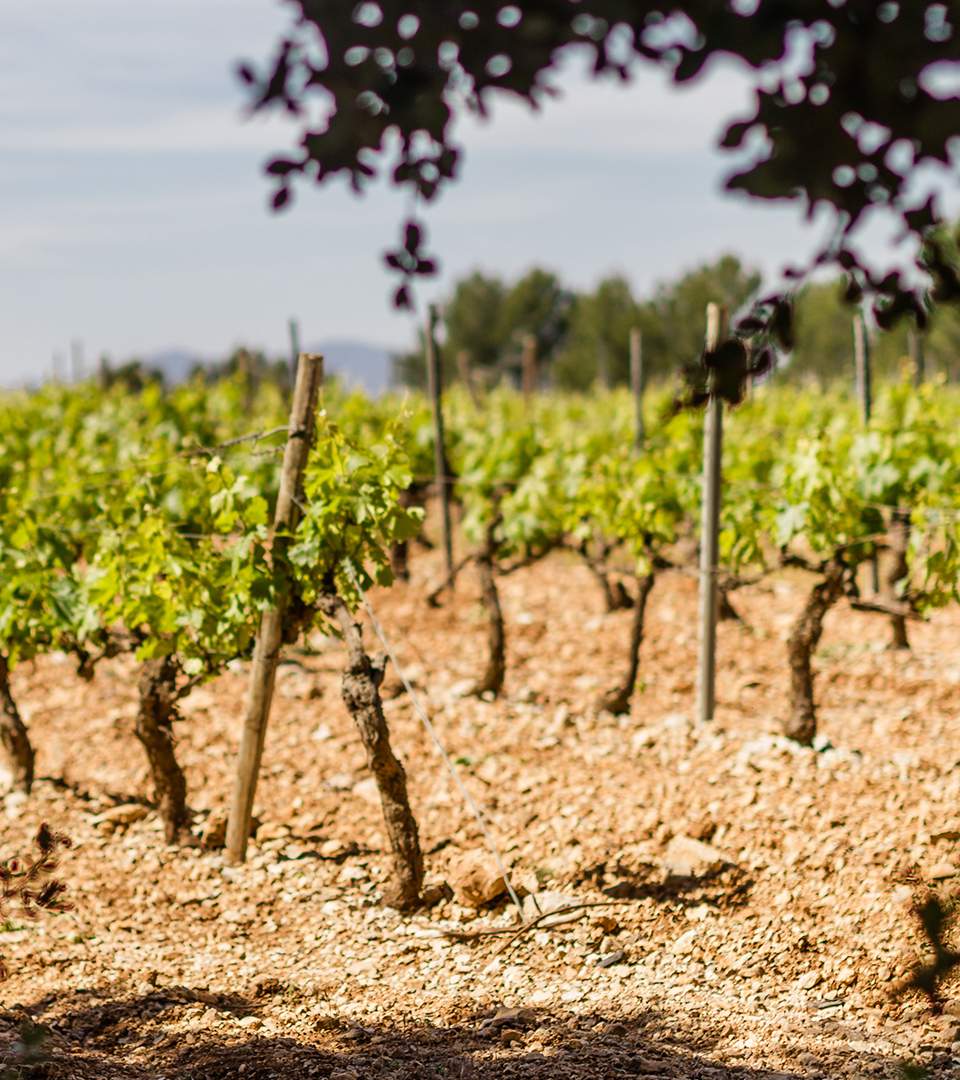
Terroir & expertise
WINERY OWNERS,
MANAGERS AND
CRAFTSPEOPLE
Château Rasque’s soil is rather unusual. The property is part of one of the last upthrusts of the Alps. Oak trees, pines, broom, cistus and blackberry bushes all coexist on the land. The soil of clay and limestone, atop a natural outcrop at an altitude of 260 metres, is favourable for growing grapes. That type of soil, which is characteristic of great Côtes de Provence wines, brings out the fruity and floral aromas in white and rosé wines. It also adds strength and delicate tannins to reds.


